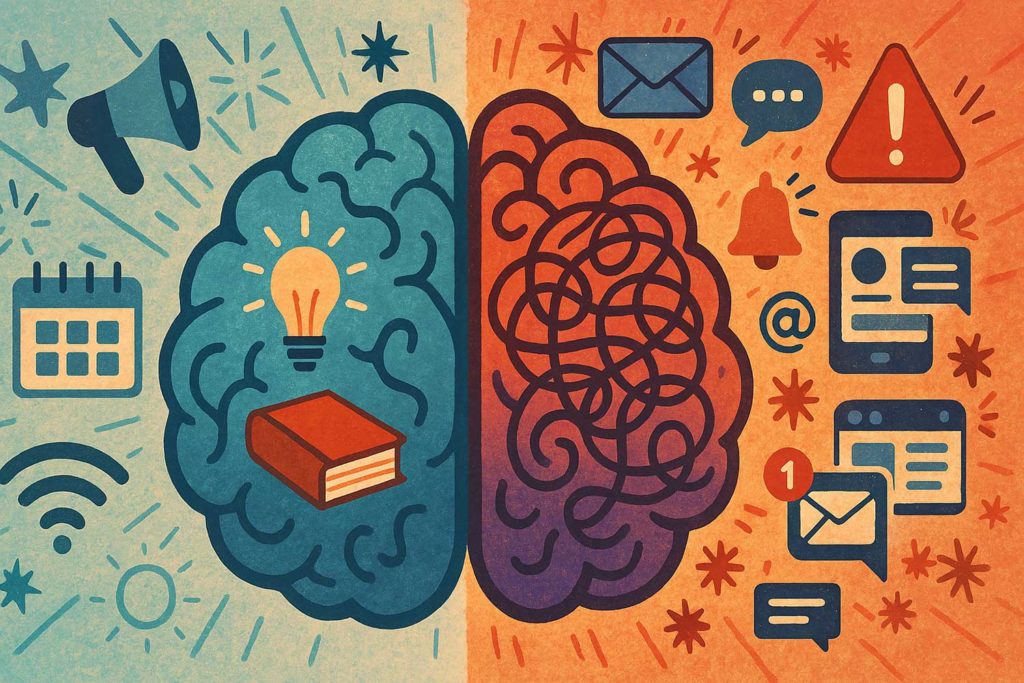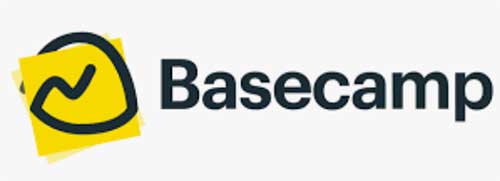Business owners “like us” often grapple with the same question: How to Stay Focused at Work. We’re all too familiar with the allure of those shiny new objects and the temptation to sidestep the less exciting tasks on our to-do lists in favor of new, exciting projects that pull us in a different direction.
Then, at the end of the day, we ask ourselves what we accomplished.
You know what I’m talking about because you do it, too.
I have this one client who never stops chasing things: new software, new plans, new equipment, new hires, and on and on he goes. Right back where he started, nothing got off the ground.
People think focus means saying yes to the thing you’ve got to focus on. But that’s not what it means at all. It means saying no to the hundred other good ideas that there are. You have to pick carefully. I’m actually as proud of the things we haven’t done as the things I have done. Innovation is saying no to 1,000 things.”
— Steve Jobs
Distraction landmines

Research consistently shows that small business owners, unlike large business entrepreneurs, often lack the support staff and resources to delegate tasks, forcing them to handle nearly every aspect of their business themselves. Several factors drive this reality:
Limited Funds and Staffing: I had an executive assistant and sales support staff in my previous business. Now, it’s just me and my AI friends!
- Time Constraints: Without my previous team, which I could not afford to hire, I don’t have the time to dedicate to strategic planning, writing blog posts, and general tasks.
- Hiring Challenges: I have tried many times to advance interns into full-time positions, but I have had no luck. It’s not the wage; it’s everything else: being on time, wanting to learn new skills, constantly checking their work, customer relations, and on and on.
- Burnout Risk: I’ll admit it. The pressure to save money and do it all can lead to burnout.
Section 1: The Psychology of Distraction
Understanding the Science Behind Losing Focus
Modern life presents a perfect storm for losing focus, with shrinking attention spans, increased cognitive load, and pervasive digital fatigue all playing critical roles.
The bullet points above are the hard stops and nonmental distractions. Even the most disciplined human being can face those issues.
I’m working on what’s in my head and what affects my attention span.
They not like us- Kendrick Lamar
A. Short-term vs. Long-term Attention: Research Overview
Short-term (Transient) Attention:
This refers to the immediate, brief focus on a stimulus or task, often lasting only seconds to a few minutes. It is highly susceptible to distraction and is sometimes called transient attention or vigilance—a quick, temporary response to something that captures our interest or requires a rapid reaction.
Long-term (Sustained) Attention: known as selective sustained attention or focused attention, this is the ability to maintain consistent focus on a task or activity over an extended period, ranging from several minutes to hours. It is crucial for complex tasks such as studying, working, or problem-solving 134.
- Adults:
- Capable of longer sustained attention, especially when tasks are engaging. However, average short-term attention (such as for digital content) has declined in recent years, with estimates as low as 8.25 seconds for internet users 9 1 0.
- Older Adults:
- Both types of attention can decline, with sustained attention particularly affected by age-related cognitive changes39.
- Short-term vs. long-term attention
- How multitasking reduces efficiency
B. How multitasking reduces efficiency
Multitasking is often seen as a way to boost productivity, but extensive research shows it undermines efficiency and work quality. Here’s how:
1. Task Switching, Not True Multitasking
The human brain is not designed to perform multiple cognitively demanding tasks simultaneously. We call “multitasking” rapid task switching—moving attention back and forth between tasks rather than doing them simultaneously 2 3 6. Each switch requires the brain to reorient itself, a process involving two steps:
- Goal shifting: Deciding to switch to a new task.
- Rule activation: Turning off the rules for the previous task and activating the regulations for the new one 1 4 6.
2. The Cognitive Cost of Switching
Every time you switch tasks, your brain incurs a “switch cost”—a loss of time and mental energy as it resets and refocuses 1 4 6. Even brief switches can add up, leading to:
- Slower completion times: Studies show multitasking can decrease productivity by up to 40% 7 8.
- Increased errors: The likelihood of making mistakes rises as attention is divided 5 7.
- Reduced comprehension and memory: Multitasking impairs working memory and the ability to retain information8.
3. Mental Fatigue and Reduced Creativity
Constantly switching tasks overloads the brain, leading to mental fatigue and diminished executive function28. This not only slows you down but also:
- Impairs decision-making and problem-solving abilities 8.
- Reduces Creativity, as deep, focused thinking is disrupted.
4. Attention Residue
When I switch to a new task, my brain thinks about the old one. This is called “attention residue. “3.
The result is that engaging with the new task is harder, further reducing efficiency and increasing the risk of errors.
5. Long-Term Consequences
Prolonged multitasking can have lasting effects, including:
- Decreased working memory capacity.
- Poorer executive function, which is required for complex tasks, 8.
- More stress and symptoms of anxiety and depression, especially with digital multitasking, 8.
In conclusion:
While multitasking may make you feel more productive, it reduces efficiency, increases mistakes, and impairs cognitive performance. Focusing on one task at a time is consistently shown to be a more effective and efficient approach 1 2 4 5 6 7 8.
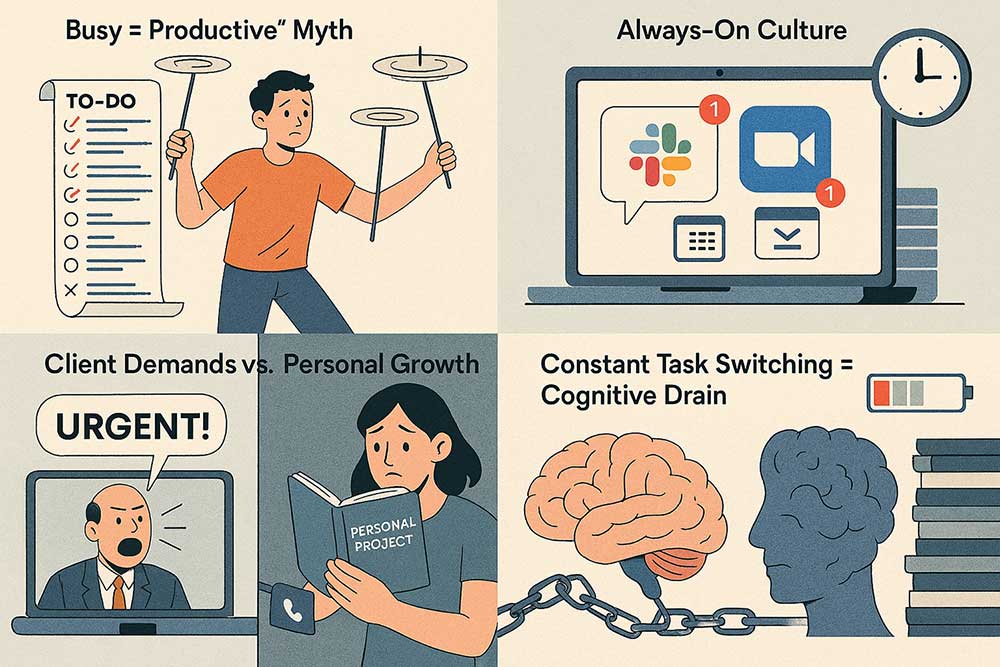
Section 2: Modern Work Culture Is Built for Distraction
Entrepreneurial Myth: Busy = Productive (And How It Tricks Me as a Web Design Studio Owner)
As a web design studio owner, I’ve fallen into the “busy equals productive” trap more times than I care to admit.
My days are packed—client calls, project deadlines, endless emails, Slack messages, troubleshooting, and the constant juggling of design revisions. On the surface, it feels like I’m crushing it.
My calendar is full, my to-do list is never-ending, and I’m always in motion. Isn’t that what success looks like?
But if I’m honest, being busy often just feels productive. There’s a certain satisfaction in checking off tasks and racing from one thing to the next. It gives me a sense of accomplishment, like I’m moving the business forward.
The problem is, when I look back at the end of the week, I sometimes realize I’ve spent most of my time reacting—putting out fires, answering questions, and handling urgent (but not always important) requests. This is why many small businesses struggle.
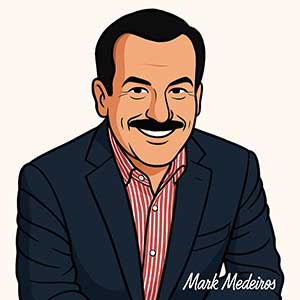
Meet Mark Medeiros
Let’s talk about whether you’re a business owner or entrepreneur, tired of spinning your wheels online and off. Whether you need a new website, brand management, or honest direction, you’re in the right place. Call or contact me today. 508-441-3131
Why Busyness Feels So Good
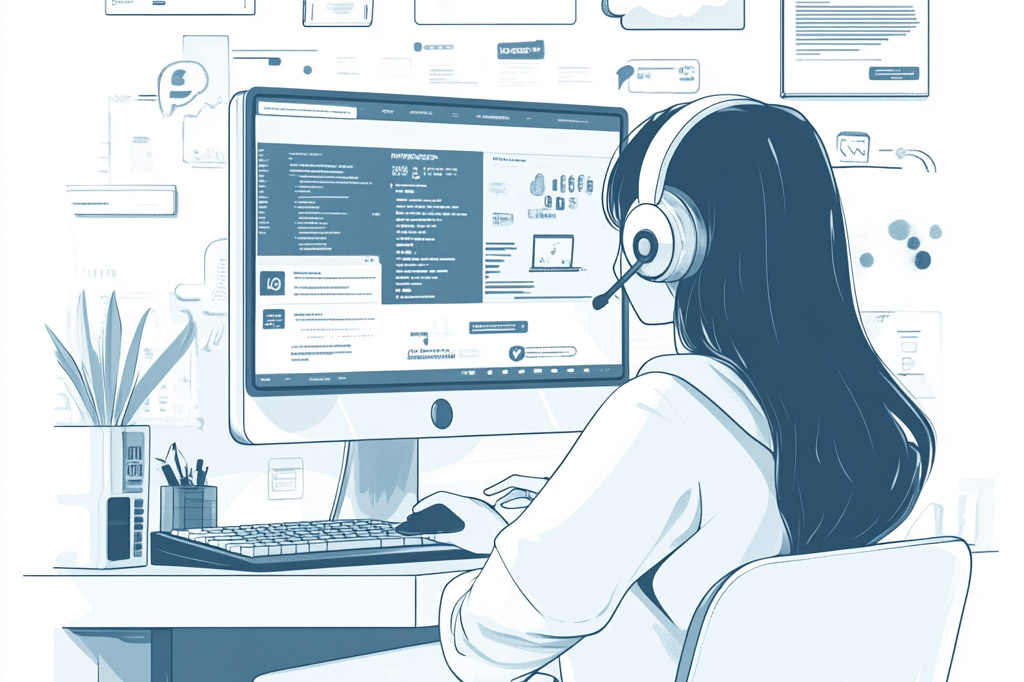
- Validation: A packed schedule makes me feel important and in demand.
- Momentum: Constant activity gives the illusion of progress, even if I’m not moving toward my bigger goals.
- Avoidance: Staying busy can be a way to avoid the more complex, strategic work—like planning, learning new skills, or refining my business model.
The Hidden Cost
The truth is, busyness can be a mask for inefficiency. When I’m always “on,” I rarely have time for deep work—like developing a new service, improving my design process, or investing in my growth. I end up working in the business, not on the business, and that’s a recipe for burnout and stagnation.
What I’m Learning: Improve concentration 2025
I’m realizing that real productivity isn’t about how many hours I work or how many tasks I check off. It’s about focusing on what truly matters—high-impact projects, creative problem-solving, and building systems that let my studio grow without having to do everything myself.
It’s difficult to break the “busy = productive” mindset, especially when the world rewards hustle and constant activity. But I’m learning to pause, prioritize, and make space for the work that moves my business forward because, at the end of the day, I’d rather be effective than just busy.
Reference links:
Here are several reference links to studies and articles that support the distinction between being busy and being productive, as well as the impact of multitasking and the “always-on” digital culture:
- On the myth of busy = productive and the difference between busyness and actual productivity:
- The Important Distinctions Between Being Busy and Being Productive – Prowess
- How Being Busy Makes You Unproductive – Forbes
- On multitasking, reducing efficiency and attention span:
- The Science Behind Multitasking – Why it’s Hurting Your Productivity – Any.do
- Unravelling the link between media multitasking and attention – PMC
- Poor memory tied to attention lapses and media multitasking – Stanford News
- On the “always-on” mindset and digital fatigue:
- Avoid Burnout: Rethinking the Always-On Mentality – Breakfast Leadership
The “Always-On” Mindset from Slack, Zoom, and Digital Tools: My Perspective
As someone who runs a web design studio, I rely on digital tools like Slack, Zoom, and Basecamp daily. There’s no denying how useful they are—Slack keeps my team connected in real time, Zoom makes client meetings and quick check-ins a breeze, and Basecamp helps us organize projects and deadlines. These platforms have made remote collaboration possible and, in many ways, more efficient.
But I can’t ignore the downside: these tools have also created an “always-on” mindset that’s hard to escape. With Slack, a constant stream of notifications—messages from clients, team questions, project updates—pops up at all hours. Zoom meetings can fill up the calendar, sometimes back-to-back, leaving little time for focused work. Even Basecamp, as organized as it is, can feel overwhelming when the to-do lists and message threads never seem to end.
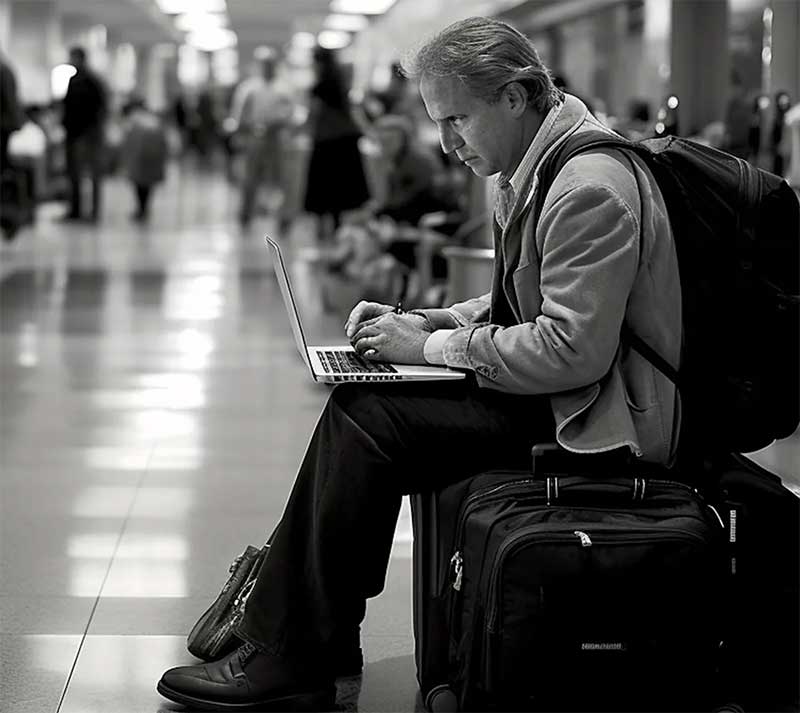
I check messages late at night, on weekends, or travel to “stay on top of things.” There’s this subtle pressure to be instantly available, respond quickly, and never let a notification linger too long. It’s easy to feel like if I’m not always reachable, I’m letting someone down or missing out on something important.
The result? It’s harder to set boundaries between work and personal time. I notice more mental fatigue, and sometimes I struggle to carve out uninterrupted blocks for deep, creative work—the kind of work that moves my business forward. The very tools that help me run my studio efficiently can also make it feel like I’m never honestly off the clock.
I’m learning that while these digital tools are essential, I must intentionally use them. That means setting clear “offline” hours, muting notifications when I need to focus, and reminding myself (and my team) that it’s okay not to be available 24/7. Otherwise, the convenience of being connected quickly becomes the burden of constantly being on.
Client Work Can Pull Focus from Personal Growth
If you’re a freelancer, consultant, or small business owner, you’ve probably experienced the tug-of-war between serving clients and investing in your development.
I’ve seen this firsthand: when client projects pile up, it’s easy to let personal growth—like learning new skills, exploring creative ideas, or even taking a breather—slip to the bottom of the to-do list.
The Client Work Trap
Client work is often urgent and deadline-driven. There’s a clear payoff: deliver the project, get paid, keep the client happy. But this cycle can become all-consuming. When you’re constantly responding to emails, hopping on Zoom calls, and troubleshooting last-minute requests, little time or mental energy is left for anything else.
In my own experience, I’ve noticed that when I’m deep in client work, I tend to:
- Postpone online courses or certifications I wanted to pursue
- Delay updating my website or portfolio
- Skip networking events or industry meetups
- Put off experimenting with new tools or creative projects
Why This Happens
- Immediate vs. Important: Client work feels urgent and non-negotiable, while personal growth is important but rarely urgent.
- Energy Drain: After a day of client calls and deliverables, it’s tough to muster the focus for self-improvement.
- Fear of Letting Clients Down: There’s a strong pull to prioritize client needs, sometimes at the expense of your own goals.
The Cost of Neglecting Personal Growth
Over time, always putting client work first can lead to stagnation. You might find yourself:
- Falling behind on industry trends
- Missing out on new opportunities
- Feeling less inspired or creative
- Burning out from a lack of variety and challenge
Finding Balance
What’s helped me is setting aside protected time—even just an hour a week—for personal projects or learning. Sometimes that means blocking off a morning for a webinar, or scheduling “CEO time” to work on my business. It’s not always easy, but it pays off: I feel more energized, my skills stay sharp, and I’m better equipped to serve my clients in the long run.
How I Stay Focused While Using Digital Collaboration Tools
As the owner of a web design studio, I find digital collaboration tools like Slack, Zoom, and Basecamp essential for keeping my team and clients connected.
But I’ve learned the hard way that if I’m not careful, these same tools can easily become a source of constant distraction and fragmented attention. Here’s what I do to maintain my focus and keep my workflow on track:

Let’s talk about whether you’re a business owner or entrepreneur, tired of spinning your wheels online and off. Whether you need a new website, brand management, or honest direction, you’re in the right place. Call or contact me today. 508-441-3131
Ten Steps:
1. Limit Tool Overload
I try to keep our tech stack as simple as possible. We stick to the tools that truly add value to our workflow, and I avoid adding new platforms unless they solve a real problem. Too many apps create confusion and make it harder to focus.
2. Set Communication Boundaries
I’ve set clear guidelines for how and when we use each tool. For example, Slack is for quick questions and urgent issues, Basecamp is for project updates and files, and Zoom is reserved for meetings.
This helps reduce unnecessary notifications and keeps everyone on the same page.
3. Time Block My Day
I block out specific times in my calendar for deep work, meetings, and checking messages. I often do 25 minutes of focused work, like writing this blog post, followed by a short break—to help me stay on task and avoid burnout.
4. Control Notifications
I mute non-essential Slack channels and turn on “Do Not Disturb” during my focus hours. I also set my phone to silent when I need to get into a creative flow. This way, I’m not constantly pulled away by pings and pop-ups.
5. Stay Organized with Task Lists
I rely on Basecamp’s task lists and templates to keep projects moving. Having a clear list of priorities helps me focus on what matters most and prevents me from getting lost in the noise.
6. Keep My Workspace Tidy
I make a point to keep both my digital and physical workspace organized. I close unnecessary tabs and apps, and I keep my desk clutter-free. Sometimes I’ll use noise-canceling headphones or play background music to help me concentrate.
7. Schedule Breaks
I’ve learned that regular breaks are essential. I try to step away from the screen between meetings or after a long stretch of work. It helps me reset and come back with fresh energy.
8. Focus on One Thing at a Time
Multitasking doesn’t work for me. I do my best to tackle one task at a time and close out unrelated tools when working on something important.
9. Invest in Training
I make sure my team knows how to use our tools efficiently. We share tips and shortcuts, and I encourage everyone to use features that help them stay organized and focused.
10. Regularly Reevaluate
Every so often, I step back and ask myself what’s working and what’s not. I get feedback from my team and adjust our processes or tools as needed to keep us all focused and productive.
I can harness their benefits by intentionally using digital collaboration tools without letting them take over my day. It’s a constant balancing act, but these strategies help me focus on what matters—growing my studio and delivering great work for my clients. Here are some FAQs you might find interesting from another post I wrote about staying focused on your business.
🔚 Conclusion: A World Designed to Steal Your Attention
If you’ve ever felt like your attention span is shrinking, you’re not alone—and you’re not broken. As we’ve explored, our biology is no match for the relentless noise of modern work and life. Between the way our brains are wired and the culture we work in, distraction isn’t just common—it’s practically built in.
But the good news is that awareness is the first step. You can better reclaim your attention by understanding the psychology behind the focus and recognizing how digital hustle culture feeds the problem. I hope this post on How to Stay Focused at Work helped you.
In upcoming posts, I’ll share how I’ve been experimenting with tools like AI (yes, really), building better daily habits, and developing real-world routines that work without requiring a total life overhaul. If this resonates with you, stick around. We’re just getting started.

Mark Medeiros founded Slocum Studio, a creative agency specializing in web design, development, and digital marketing. A true “jack of all trades,” Mark’s passions include photography, nature, and kayaking on the river. He brings a love for blogging and online marketing to every project, always focused on helping clients succeed. And hey, who’s writing this bio, anyway? 🙂 Call me: 508-441-3131

